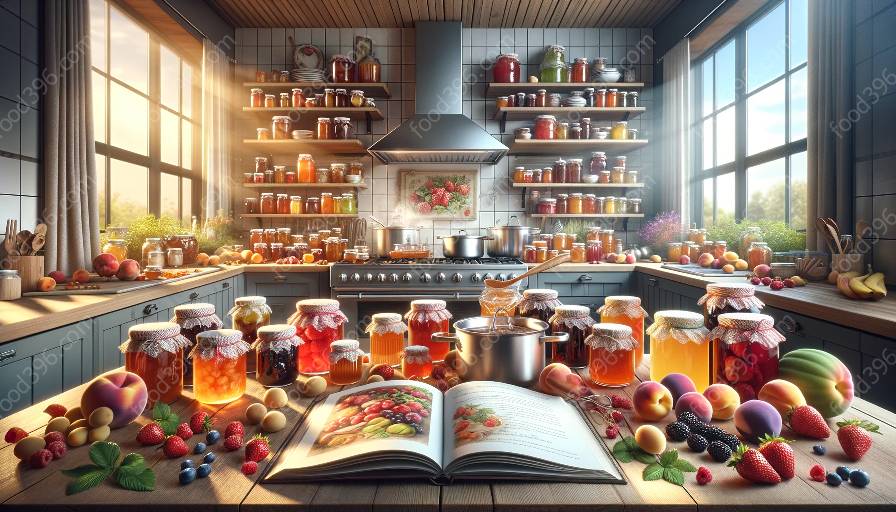Whether spread on toast or used in pastries, jam and jelly have been beloved for centuries. The history of jam and jelly making is intricately woven into the fabric of food preservation and processing, reflecting the evolution of culinary traditions through the ages. Let's embark on a journey through time to discover the origins, techniques, and cultural significance of these delightful preserves.
Ancient Beginnings
The roots of jam and jelly making can be traced back to ancient civilizations such as the Egyptians and the Romans. These early societies valued the practice of preserving fruits in honey, a precursor to modern-day jams and jellies. The preservation of fruits allowed them to be enjoyed beyond their natural season, providing sustenance and enjoyment year-round.
Medieval Europe
During the Middle Ages, jam and jelly making evolved as culinary techniques spread across Europe. Sugar, a key ingredient in the preservation process, became more readily available, leading to the popularization of fruit preserves among the upper classes. Monasteries and noble households honed their preserving skills, creating an array of flavorful spreads from local fruits.
Colonial America
With the arrival of European settlers in the Americas, jam and jelly making found a new home. Native fruits such as cranberries, blueberries, and Concord grapes were transformed into delectable preserves, embracing a fusion of traditional European techniques and indigenous ingredients. The art of preserving fruits thrived, offering a taste of home in the new world.
Industrial Revolution
The 19th century brought significant advancements in food preservation and processing. Improved canning methods and the widespread availability of sugar revolutionized the mass production of jams and jellies. Factories emerged, churning out these beloved spreads on a scale never seen before, making them accessible to people from all walks of life.
Modern Innovation
Fast forward to the present day, and jam and jelly making continue to evolve. Innovative techniques and flavor combinations have expanded the possibilities of these timeless treats. With a focus on natural ingredients and artisanal craftsmanship, small-batch producers and home enthusiasts are rediscovering the joy of handcrafted preserves, celebrating the rich history of jam and jelly making.
Connection to Food Preservation & Processing
The history of jam and jelly making is deeply intertwined with the broader practice of food preservation and processing. From ancient methods of using honey and sun-drying to the modern science of pectin and canning, the techniques developed in the pursuit of preserving fruits have laid the foundation for many other aspects of food preservation. Furthermore, the art of jam and jelly making has inspired countless other culinary innovations, showcasing the enduring impact of preserving fruits.
In Conclusion
The history of jam and jelly making is a tale of resilience, creativity, and the ingenuity of humankind. From humble beginnings to the global phenomenon it is today, the art of preserving fruits has transcended time and culture. As we savor these delightful spreads, we are not only enjoying a delicious treat, but also partaking in a tradition that has shaped the way we approach food preservation and processing.

